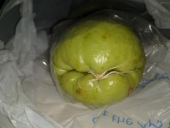
 6
6




The provided link is to a page with another link, which is this one: https://www.mirliton.org/wp-content/uploads/2020/03/The_History_of_Chayote_in_North_America.pdf
 5
5




Sometimes the answer is nothing

 1
1




wayne fajkus wrote:This is my first year attempting to grow chayote. It was recommemded by a member here. Another case of "i never knew thst existed " which Permies forum has been great for.
I bought 3 at a local store. I ate one. It seems very versatile. I planted one in a pot to hopefully transplant. I put another in a paper bag to plant when it "sprouts". I hope one of these two succeeds.
 5
5




 2
2





 3
3




It is a privilege to live, work and play in the traditional territory of the Salish People.
Now drop and give me 52... ~ Come Join the permies Shoecamp! ~ All about Permies, including Tutorials ---
Twenty bucks off the homesteading bundle for the next 72 hours!




 7
7




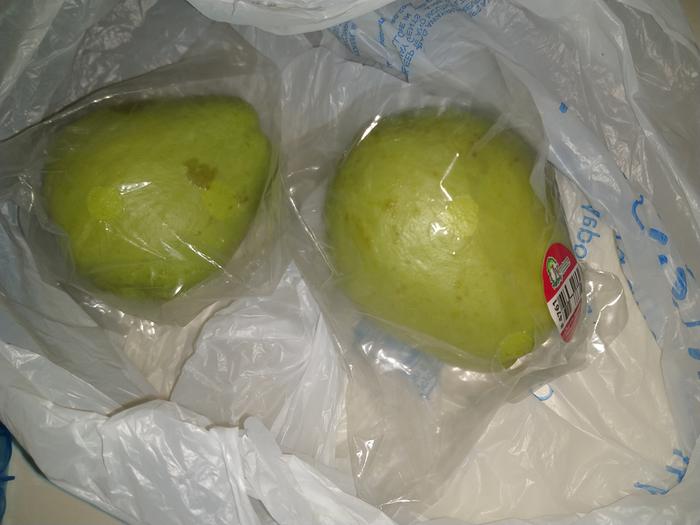
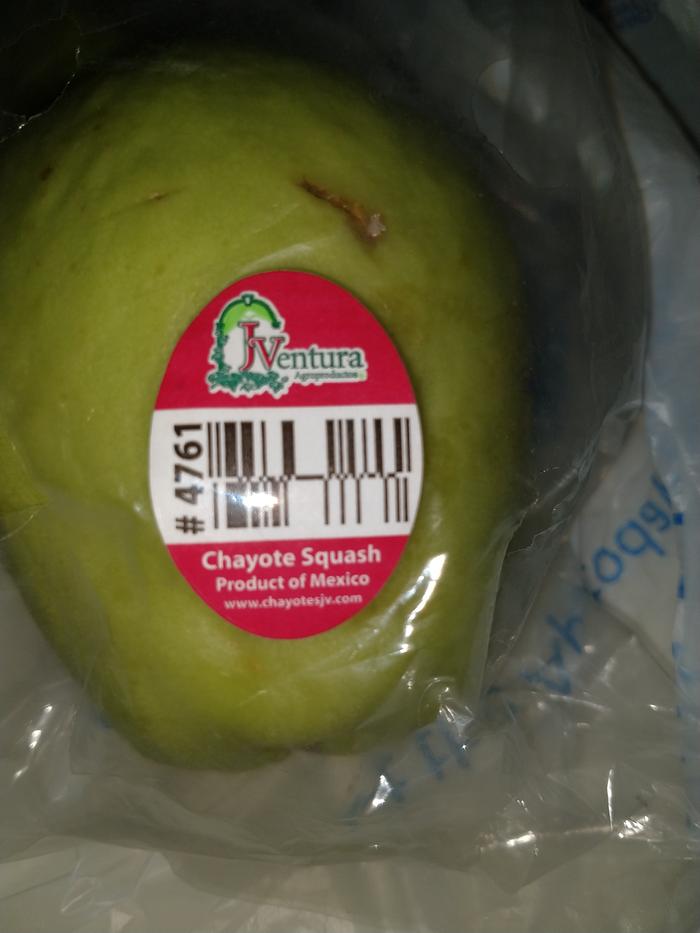

'What we do now echoes in eternity.' Marcus Aurelius
How Permies Works Dr. Redhawk's Epic Soil Series
 2
2




 2
2




 3
3




Even if the chayotes imported from Costa Rica grew, there was a real danger they would introduce devastating new diseases such as chayote mosaic virus (ChMV), for which there was no preventative or cure. Discovered in Costa Rica in 2011, the mosaic virus has recently ravaged chayote growing in Taiwan, Brazil, India, and other countries. In the early decades of the twentieth century, the USDA debated the potential threat that imported plants posed to North American crops; it temporarily halted plant imports and established disease-screening and pest-screening protocols. Chayote mosaic virus had never been detected in North America, but the disease is transmitted in the chayote through both cuttings and the fruit itself (it’s a seed-transmissible disease).
Pecan Media: food forestry and forest garden ebooks
Now available: The Native Persimmon (centennial edition)








 3
3




Dan Boone wrote:That said, the perfect is sometimes the enemy of the good.
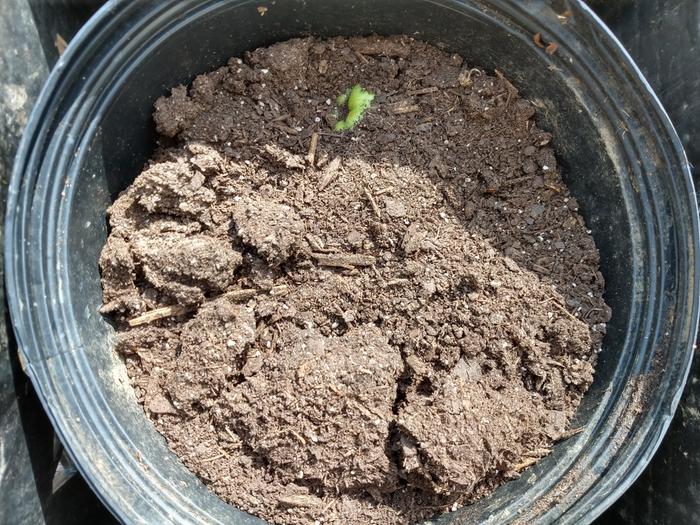
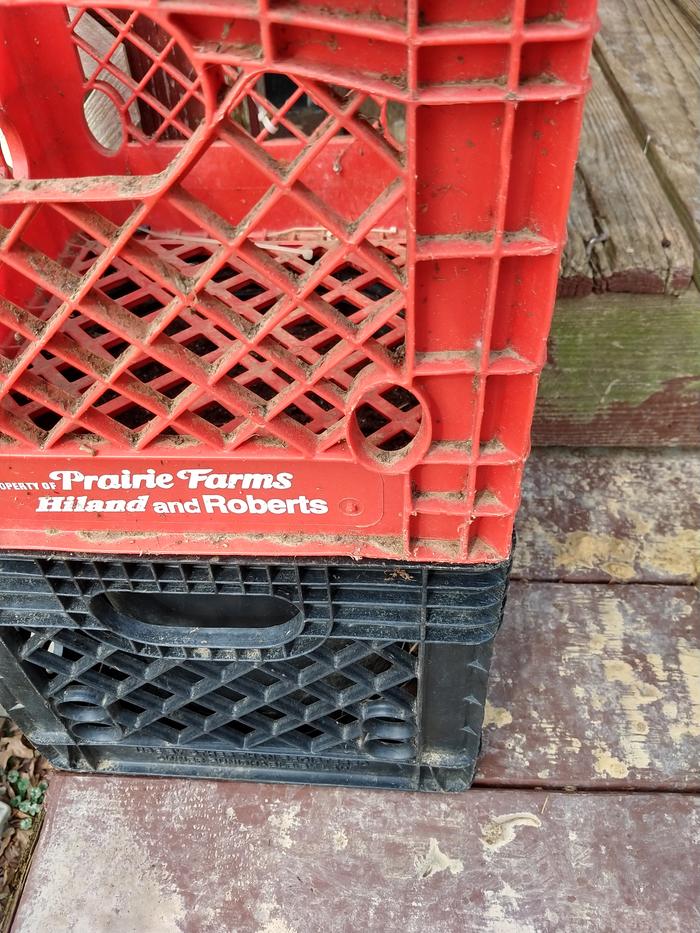
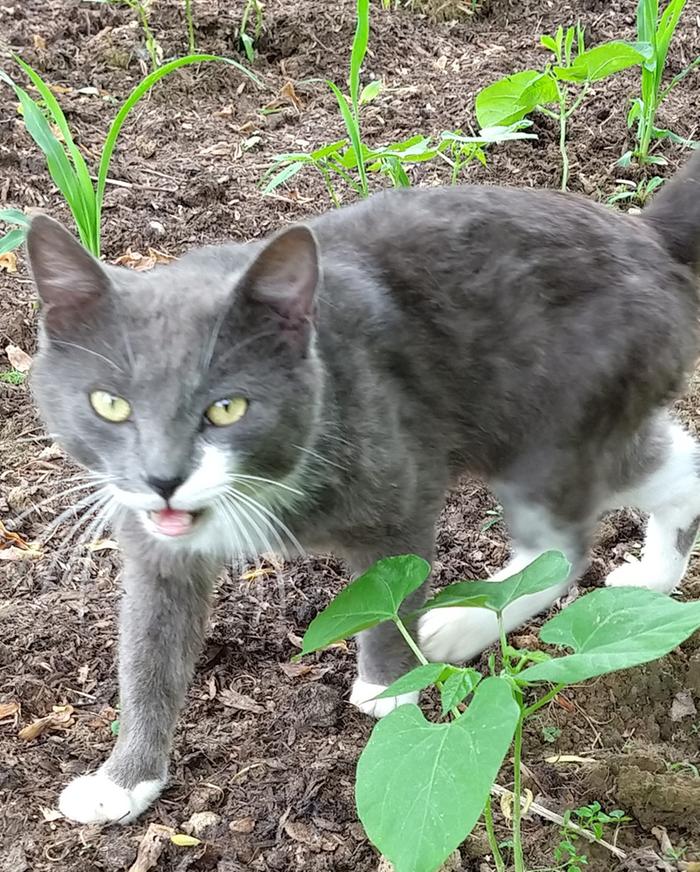
'What we do now echoes in eternity.' Marcus Aurelius
How Permies Works Dr. Redhawk's Epic Soil Series
 1
1




 4
4




It's never too late to start! I retired to homestead on the slopes of Mauna Loa, an active volcano. I relate snippets of my endeavor on my blog : www.kaufarmer.blogspot.com
 1
1




 1
1




Lance Hill wrote:That Chayote Mosaica is not a problem in North America is because no one is planting grocery store produce as chayote seed. Please help protect our North American landraces (in Louisiana and California) by only planting varieties historically grown here. We have to accept the fact that we have no right to grow any plant in the world.
In general, even if you plant imported chayote, you won't get any fruit.
pax amor et lepos in iocando

|
Oh sure, it's a tiny ad, but under the right circumstances, it gets bigger.
2024 Permaculture Adventure Bundle
https://permies.com/w/bundle
|
